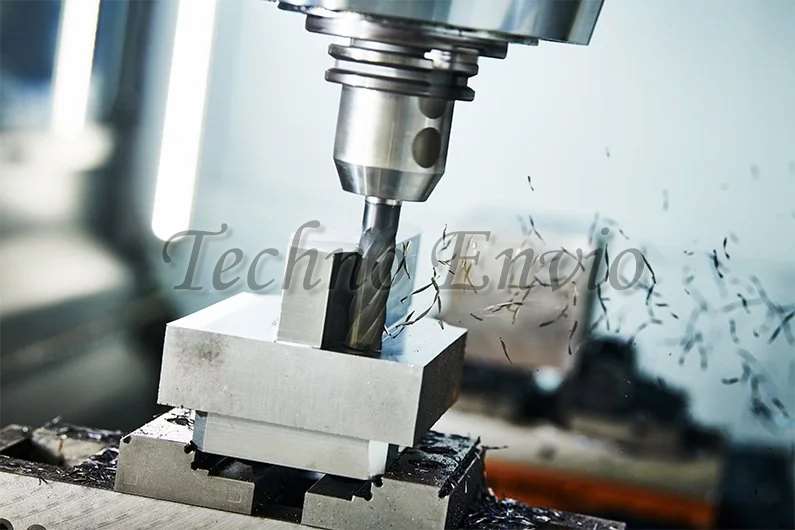How CNC Machines Work: The Essential Guide
Computer Numerical Control (CNC) machines are at the heart of modern manufacturing, transforming raw materials into precise and complex parts with remarkable efficiency. Understanding how CNC machines work can be valuable for anyone in fields ranging from engineering to hobbyist crafts. This guide will break down the essential principles, components, and processes of CNC machines, making this technology accessible and exciting.
What Are CNC Machines?
CNC machines are automated systems that use programmed instructions to control tools and machinery in manufacturing. Unlike traditional manually operated machines, CNC machines follow pre-set instructions known as G-code to carry out precise operations. This automation allows CNC machines to produce intricate designs, complex shapes, and high-volume production runs with minimal human intervention.
Key Components of CNC Machines
To grasp how CNC machines work, it’s essential to understand their key components:
-
- Controller: The brain of the CNC machine, the controller interprets the G-code instructions and converts them into actions. It directs all machine movements, speeds, and tool changes.
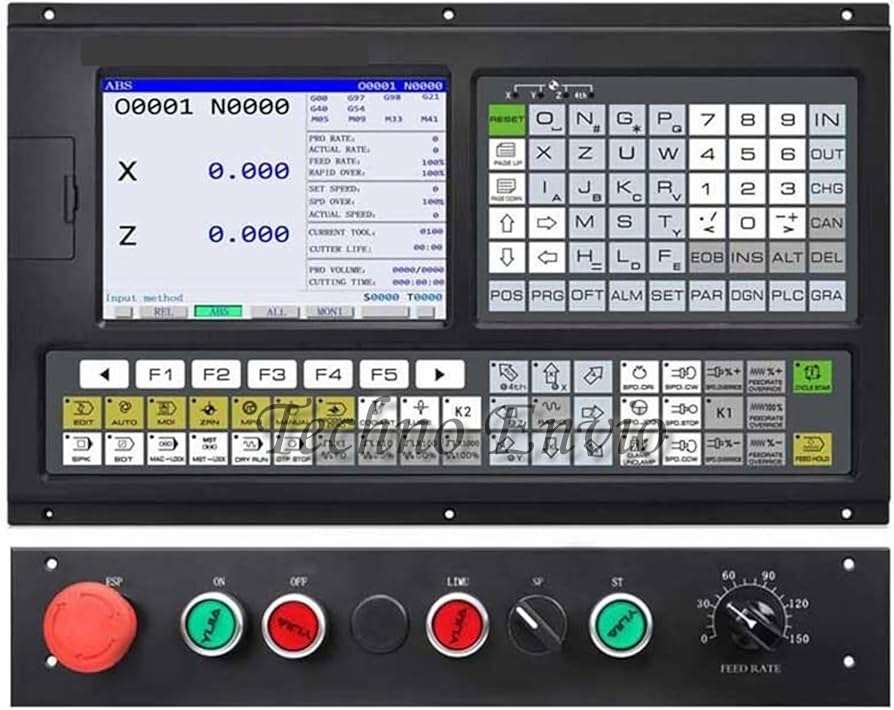
CNC Machine Controller - Machine Bed: The foundation of the CNC machine, the bed supports the workpiece during machining, ensuring stability. It is typically made from cast iron or other rigid materials to handle high-force operations.
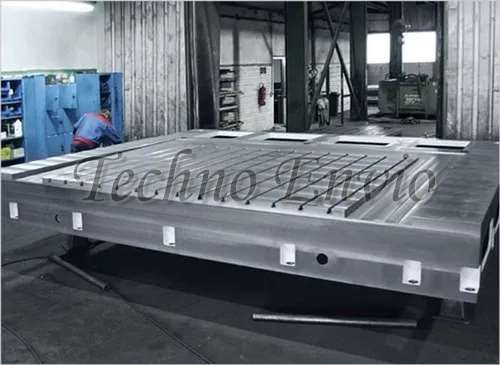
CNC Machine Bed - Motors and Drives: Motors and drives move the machine along its axes. Stepper or servo motors allow precise control over the machine’s position, speed, and movement.
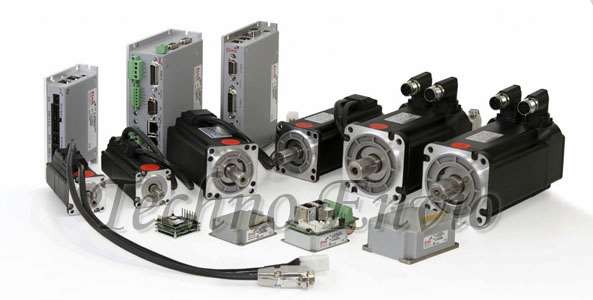
CNC Machine Motors and Drive - Spindle: The spindle holds the cutting tool and rotates at high speeds, cutting into the material. The speed and power of the spindle depend on the type of CNC machine and material being machined.
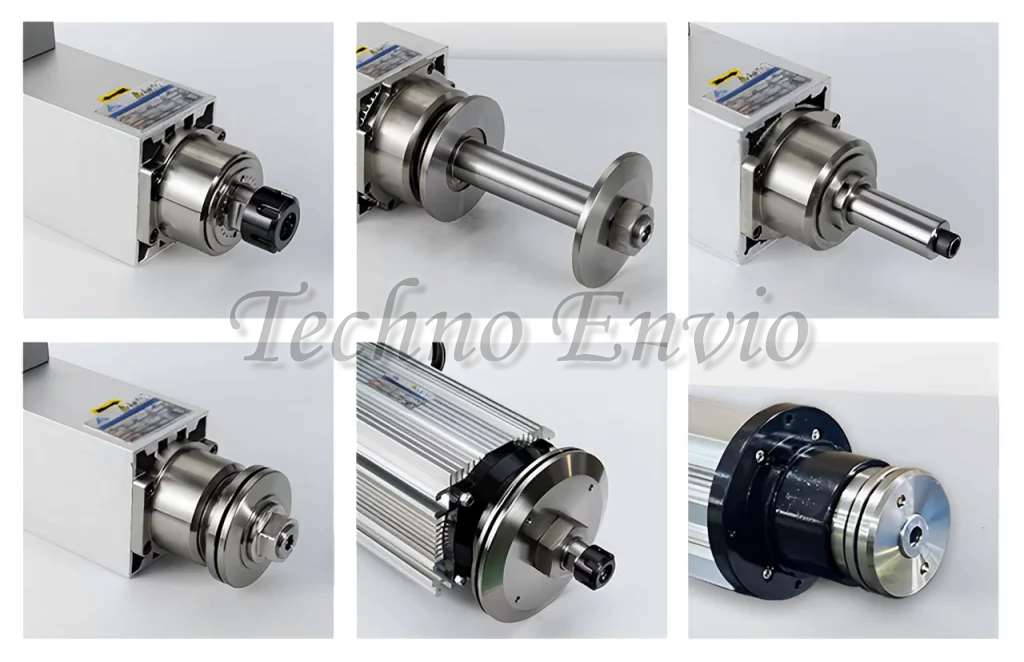
CNC Machine Spindle - Tool Changer: In multi-tool CNC machines, an automatic tool changer holds various tools (like drills, mills, and lathes) and swaps them as needed to complete different machining tasks in one setup.
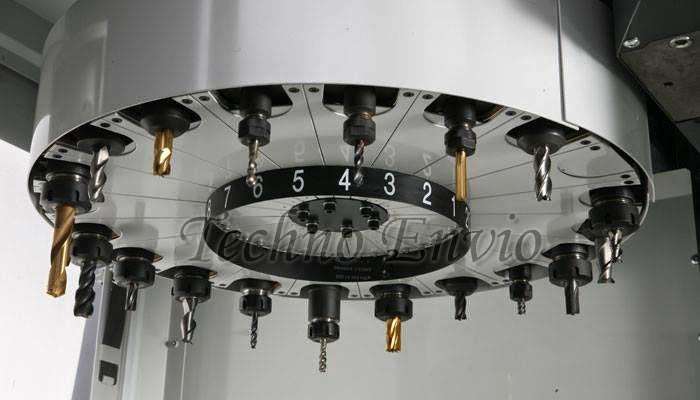
CNC Machine Tools changer 
- Controller: The brain of the CNC machine, the controller interprets the G-code instructions and converts them into actions. It directs all machine movements, speeds, and tool changes.
- Axes: CNC machines typically operate on three main axes – X, Y, and Z. Advanced machines may include additional axes (A, B, or C) to enable more complex 3D movements.

CNC Machine Axes - Coolant System: Coolant systems prevent overheating during machining by spraying a cooling liquid onto the tool and workpiece, which helps maintain precision and extends tool life.
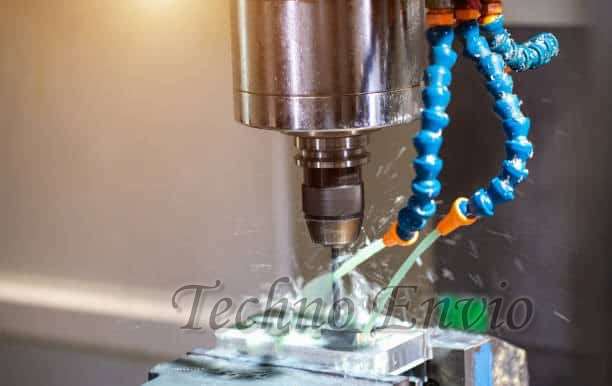
CNC Machine Coolant System
How Do CNC Machines Work?
CNC machines operate in a sequence of steps to transform a digital design into a finished part:
1. Designing the Part
- The process begins with Computer-Aided Design (CAD) software to create a 2D or 3D model of the part. CAD software enables designers to define precise dimensions, shapes, and features of the part.
2. Generating Toolpaths with CAM Software
- Next, Computer-Aided Manufacturing (CAM) software takes the CAD design and generates a toolpath. This toolpath defines the route the cutting tool will follow to create the part. The CAM software also considers factors like cutting depth, feed rate, and the type of material to ensure efficient machining.
3. Creating G-Code
- Once the toolpath is set, the CAM software translates it into G-code, the programming language CNC machines use. G-code includes specific commands that instruct the machine on movement, speed, tool changes, and operations like cutting, drilling, or milling.
4. Setting Up the Machine
- After the G-code is ready, the CNC machine needs to be set up with the appropriate materials and tools. The operator secures the workpiece to the bed, ensures the correct tools are loaded, and configures the machine settings.
5. Running the Program
- The G-code program is loaded into the CNC machine’s controller, which reads the code line by line, executing each command. The machine moves the cutting tool along the designated toolpath, gradually shaping the workpiece.
6. Finishing and Inspection
- After the machining is complete, the finished part is inspected for accuracy and quality. In high-precision industries, post-process inspection tools ensure that the product meets exact specifications.
Types of CNC Machines
CNC technology powers a variety of machines, each designed for specific tasks:
- CNC Milling Machine: Use rotating cutters to remove material and create complex shapes.
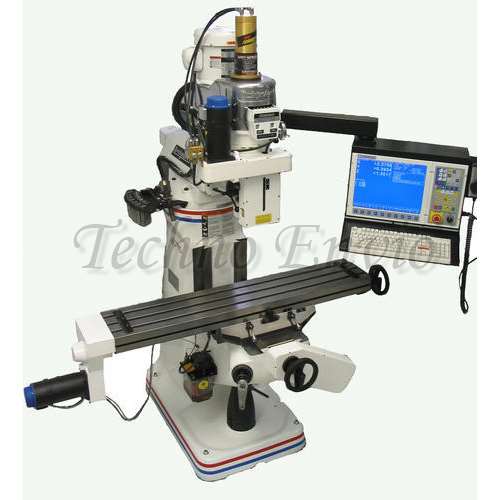
- CNC Lathes: Spin the workpiece while a cutting tool removes material, ideal for cylindrical shapes.
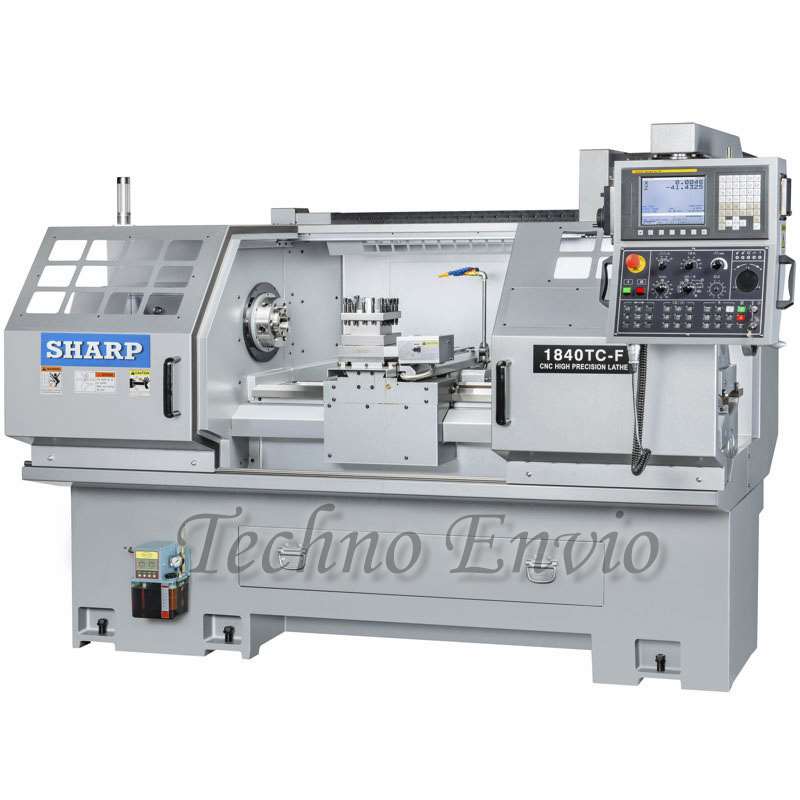
- CNC Routers: Designed for cutting softer materials like wood, plastics, and foams, often used in cabinetry and prototyping.
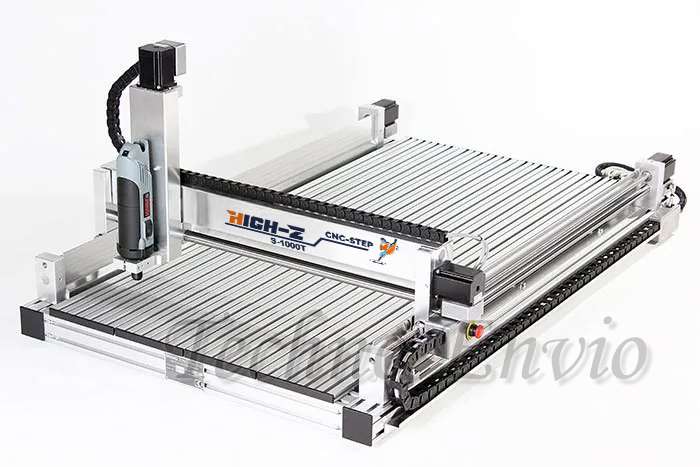
- CNC Plasma Cutters: Use plasma torches to cut through conductive materials, ideal for sheet metal fabrication.
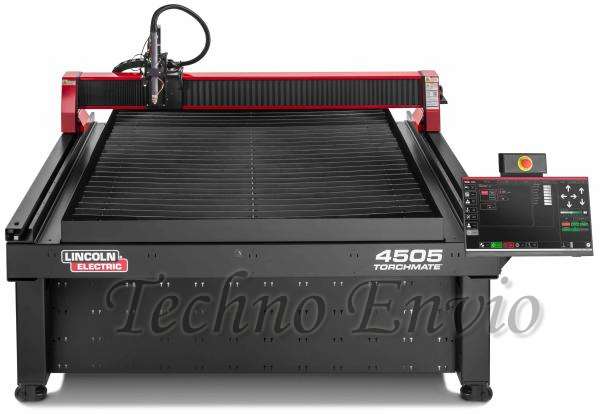
- CNC Laser Cutters: Use lasers to precisely cut or engrave materials, often used in jewelry making and engraving.
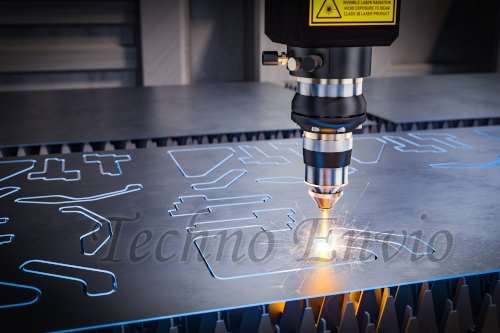
Benefits of CNC Machine
CNC machines offer significant advantages over traditional machining:
- Precision and Consistency: CNC machines execute tasks with extreme accuracy, making them ideal for complex or high-tolerance parts.
- Increased Production Speed: Automation speeds up manufacturing, allowing for faster production cycles.
- Reduced Waste: CNC programming optimizes material usage, reducing waste.
- Lower Labor Costs: With minimal human intervention required, CNC machines reduce labor costs.
- Scalability: CNC machines easily adapt to small or large production runs, making them versatile in various industries.
Common CNC Machine Applications
CNC machines are vital in numerous industries:
- Aerospace: Producing high-precision parts like engine components and structural elements.
- Automotive: Manufacturing car parts, such as gears, pistons, and molds.
- Medical Devices: CNC machines are used to create prosthetics, surgical tools, and other medical devices.
- Consumer Electronics: CNC milling and engraving produce casings and components for electronics.
- Jewelry Making: CNC laser cutters and engravers create intricate jewelry designs.
FAQ: Understanding How CNC Machine Work
Q1: What materials can CNC machine work with?
CNC machines can work with metals, plastics, wood, foam, and even ceramics. The type of CNC machine and cutting tool determine the materials it can handle.
Q2: How do CNC machine achieve such high precision?
CNC machines use precise motors, rigid frameworks, and programmed G-code to control every movement and action, resulting in repeatable accuracy.
Q3: Do CNC machine require human operators?
Yes, although CNC machines are automated, human operators are needed to set up the machine, load materials, and monitor production for quality control.
Q4: Can CNC machines be used for custom designs?
Absolutely! CNC programming allows for customization, making it possible to create unique, tailored parts for various applications.
Q5: How does CNC differ from 3D printing?
CNC is a subtractive process that removes material to shape a part, while 3D printing is additive, building the part layer by layer from material.
Q6: How long does it take to learn CNC programming?
Learning CNC basics may take a few weeks, but mastering advanced skills can take months or even years of practice, depending on the complexity.
Conclusion
CNC machines are essential tools in today’s manufacturing landscape, enabling everything from simple parts to intricate components in various industries. By following programmed instructions and automating complex processes, CNC machines make manufacturing faster, more efficient, and more precise. With a foundational understanding of how CNC machines work, you’ll be better equipped to explore CNC programming, machine operation, or even incorporating this technology into your projects. Whether you’re an engineer, a hobbyist, or just curious, CNC technology offers a fascinating glimpse into the future of manufacturing.

